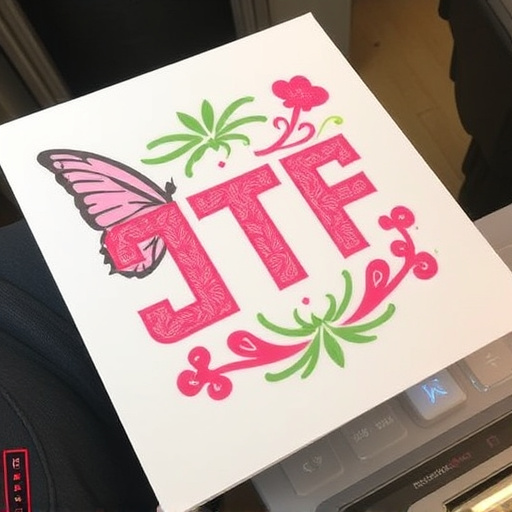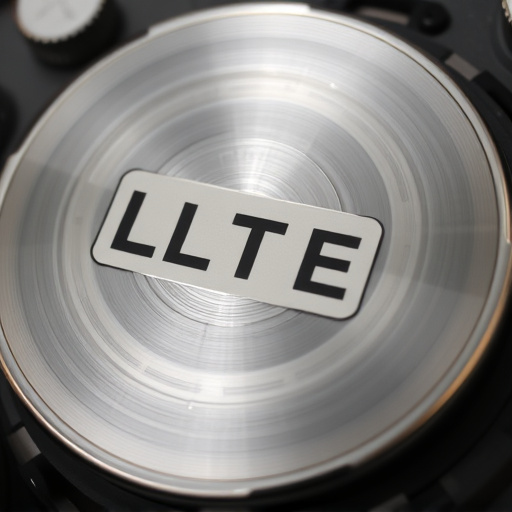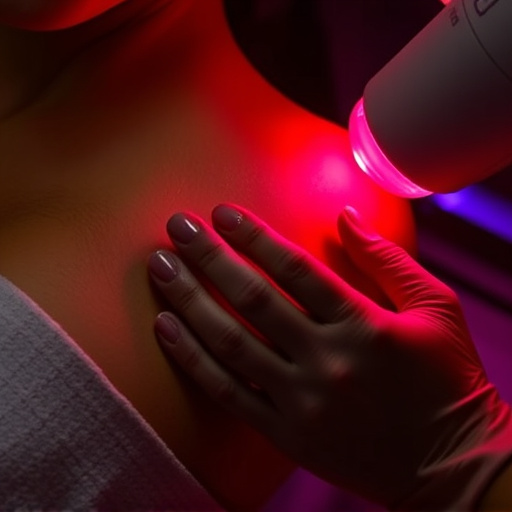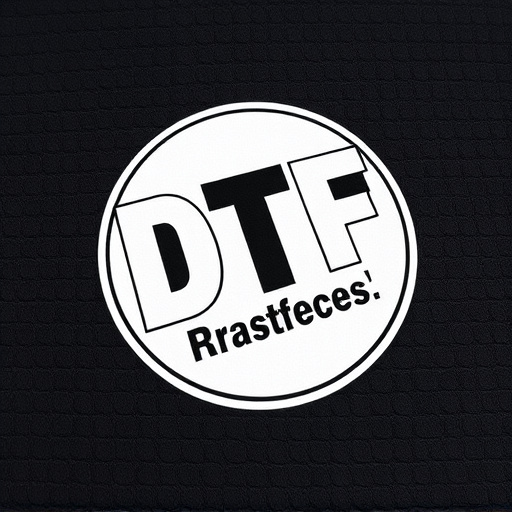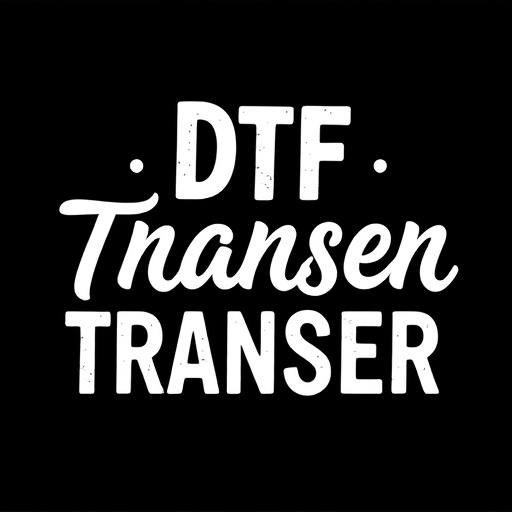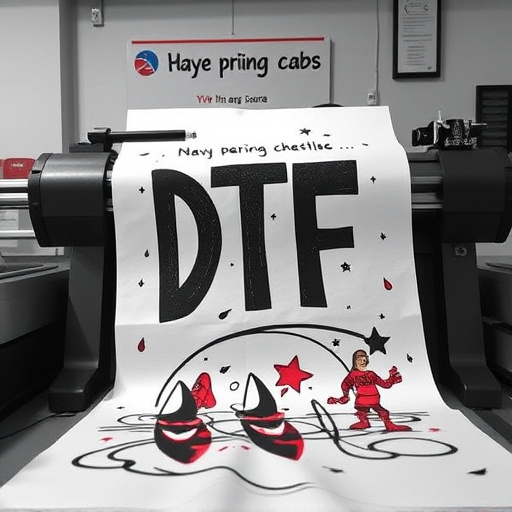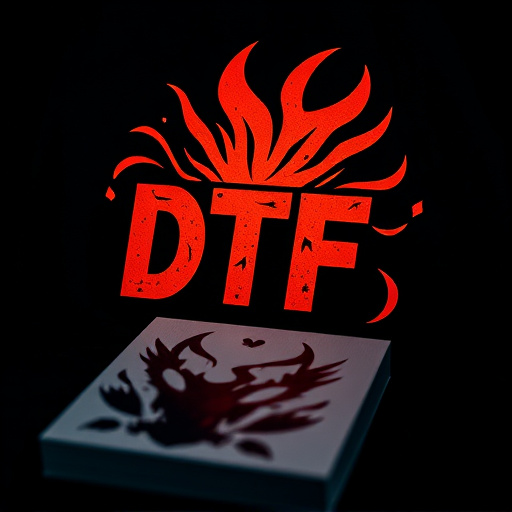Direct-to-Film (DTF) technology disrupts visual content creation by directly printing digital data onto film, offering superior quality and efficiency compared to traditional methods. Ideal for vibrant posters, banners, and advertisements, DTF ensures precise color accuracy and sharp details. Its versatility extends across various sectors, from retail signage to healthcare imaging. Choosing the right DTF equipment and software with high-resolution capabilities is crucial for top-tier results. Rigorous Quality Assurance and optimization techniques ensure visually stunning content tailored for diverse screens. Future advancements aim for higher resolutions, vibrant colors, durable materials, and eco-friendly practices, solidifying DTF's position as a powerful business tool.
“Unleash the power of direct-to-film (DTF) technology for your business with commercial-grade transfers. This cutting-edge process revolutionizes marketing, branding, and visual communication, offering unparalleled versatility and quality. In this comprehensive guide, we explore the ins and outs of DTF, from its underlying technology to real-world applications across sectors. Learn how commercial-grade DTF transfers enhance brand visibility, engage audiences, and drive business growth. Get ready to dive into the future of film printing.”
- Understanding Direct-to-Film (DTF) Technology for Business
- Advantages of Commercial-Grade DTF Transfers
- Applications in Various Business Sectors
- Choosing the Right Equipment and Software
- Quality Assurance and Optimization Techniques
- Future Trends and Innovations in DTF for Businesses
Understanding Direct-to-Film (DTF) Technology for Business
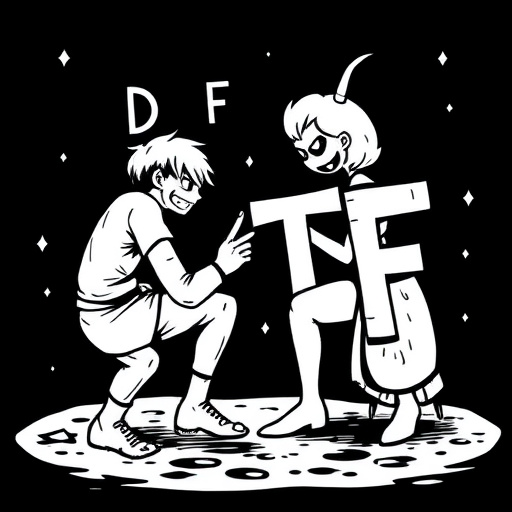
Direct-to-Film (DTF) technology is a cutting-edge process that offers businesses an innovative way to reproduce and enhance visual content for various applications. This method involves transferring digital data directly onto film stock, providing a superior alternative to traditional printing methods. DTF is particularly advantageous in commercial settings due to its ability to deliver high-quality, durable results. By eliminating the need for intermediate steps, DTF technology ensures precise color accuracy and sharp details, making it ideal for creating eye-catching posters, banners, and even large-scale advertisements.
For businesses looking to make a lasting impression, DTF offers a range of benefits. It enables dynamic visual storytelling, allowing companies to showcase their products or services in a captivating manner. The technology’s versatility means that custom designs, vibrant colors, and intricate details can be achieved with ease. Moreover, DTF prints are resistant to fading and damage, ensuring that business applications remain visually impactful over extended periods.
Advantages of Commercial-Grade DTF Transfers

Commercial-grade direct-to-film (DTF) transfers offer a host of advantages for business applications. One of the primary benefits is their exceptional quality, ensuring accurate and vibrant colors, sharp details, and crisp textures in the final output. This level of precision is particularly crucial for professional uses such as advertising, marketing materials, and branding, where visual impact is key to capturing audiences’ attention.
Moreover, DTF transfers are highly efficient in terms of time and cost. They eliminate the need for intermediate steps like printing proofs, significantly reducing turnaround times. This efficiency translates into better resource management for businesses, allowing them to meet deadlines promptly and maintain competitive edges. Additionally, DTF technology supports a wide range of media types, including various film formats and even digital sources, making it versatile and adaptable to different business needs.
Applications in Various Business Sectors
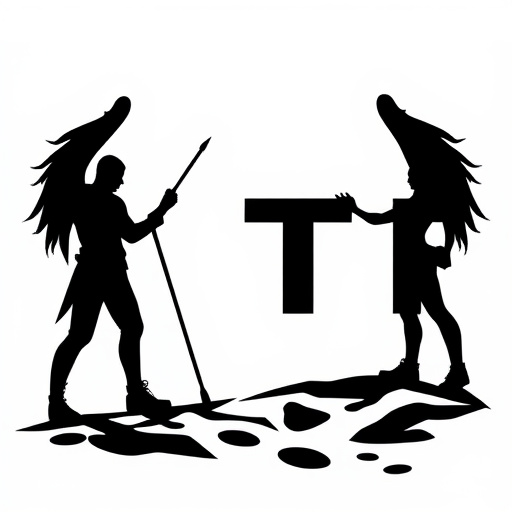
Direct-to-film (DTF) transfers have found their way into various business sectors, revolutionizing the way companies manage and utilize visual content. From retail to education, healthcare, and beyond, DTF offers a range of applications that cater to specific business needs. In retail, for example, DTF is used for creating high-quality in-store signage, promotional displays, and product visualizations, enhancing customer engagement and driving sales.
In the education sector, commercial-grade DTF transfers enable schools and universities to produce visually stunning educational materials, such as interactive whiteboards, multimedia presentations, and even specialized training videos. Healthcare professionals also benefit from DTF technology through its use in medical imaging, patient education materials, and visual aids for conferences and workshops. These applications demonstrate the versatility of DTF, making it an indispensable tool across diverse business landscapes.
Choosing the Right Equipment and Software
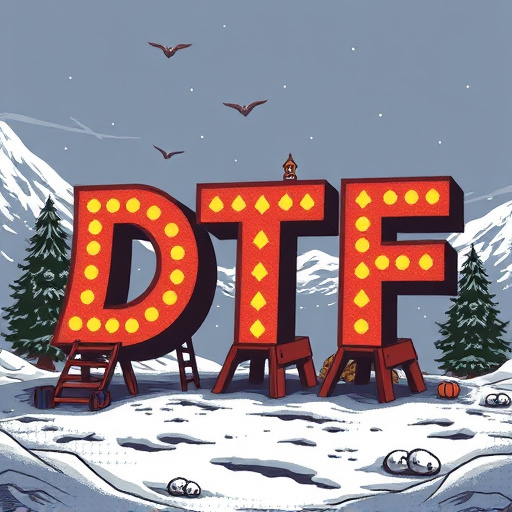
When it comes to commercial-grade direct-to-film (DTF) transfers, selecting the right equipment and software is paramount. Businesses should look for professional-level tools that can handle high-resolution images and offer precise color accuracy. Digital imaging hardware, such as advanced scanners and printers, plays a crucial role in achieving exceptional results. These devices are designed to capture intricate details and reproduce them flawlessly on film, ensuring the final product meets industry standards.
The software component is equally vital, providing users with a robust suite of tools for editing, enhancing, and optimizing images. Advanced DTF software often includes features like color management, mask creation, and advanced printing options. This enables businesses to tailor their transfers to specific requirements, whether it’s for promotional materials, signage, or specialized advertising applications. The right combination of equipment and software ensures that the DTF process is efficient, delivering high-quality outcomes every time.
Quality Assurance and Optimization Techniques
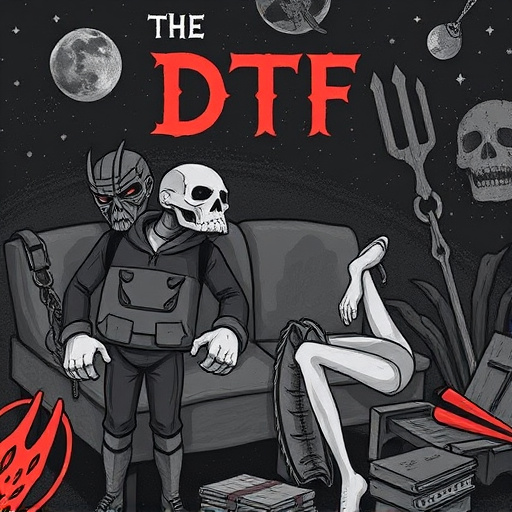
Ensuring top-tier quality is paramount in commercial-grade direct-to-film (DTF) transfers, as it directly impacts the success of business applications. Implementing rigorous Quality Assurance (QA) protocols is essential throughout the transfer process. This includes regular checks at each stage to detect and rectify any issues early on. Advanced image analysis tools are leveraged to scrutinize details such as color accuracy, resolution, and sharpness, guaranteeing that the final output meets or exceeds industry standards.
Optimization techniques play a pivotal role in enhancing the DTF experience. These involve fine-tuning various parameters like contrast, brightness, and saturation to create a visually appealing and impactful display. Additionally, specialized software algorithms adapt content for different screen sizes and formats, ensuring optimal viewing regardless of the business setting—from large-screen presentations to digital signage installations.
Future Trends and Innovations in DTF for Businesses
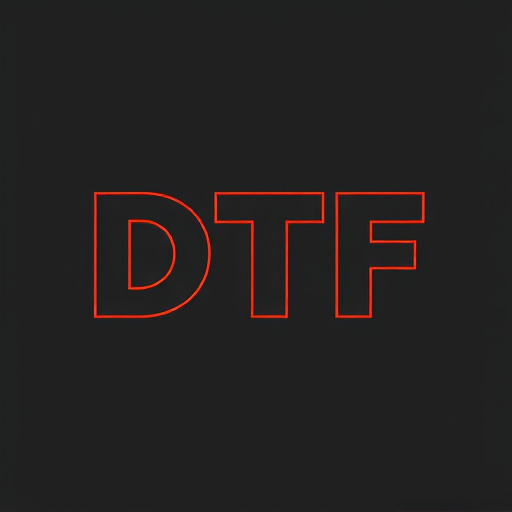
The future of Commercial-grade direct-to-film (DTF) transfers for business applications looks promising with continuous innovations pushing the boundaries of what’s possible. One notable trend is the increasing demand for higher resolutions and improved color accuracy, driven by the rise of 4K and 8K displays. Businesses are seeking DTF solutions that can deliver pristine image quality to captivate audiences and enhance brand perception.
Additionally, integration of advanced printing technologies with DTF processes is on the rise. This includes the adoption of new inks and coatings that offer enhanced durability, water resistance, and UV protection, ensuring printed materials maintain their quality over extended periods. Furthermore, sustainable practices are gaining traction, with businesses exploring eco-friendly DTF methods that minimize environmental impact without compromising performance.




